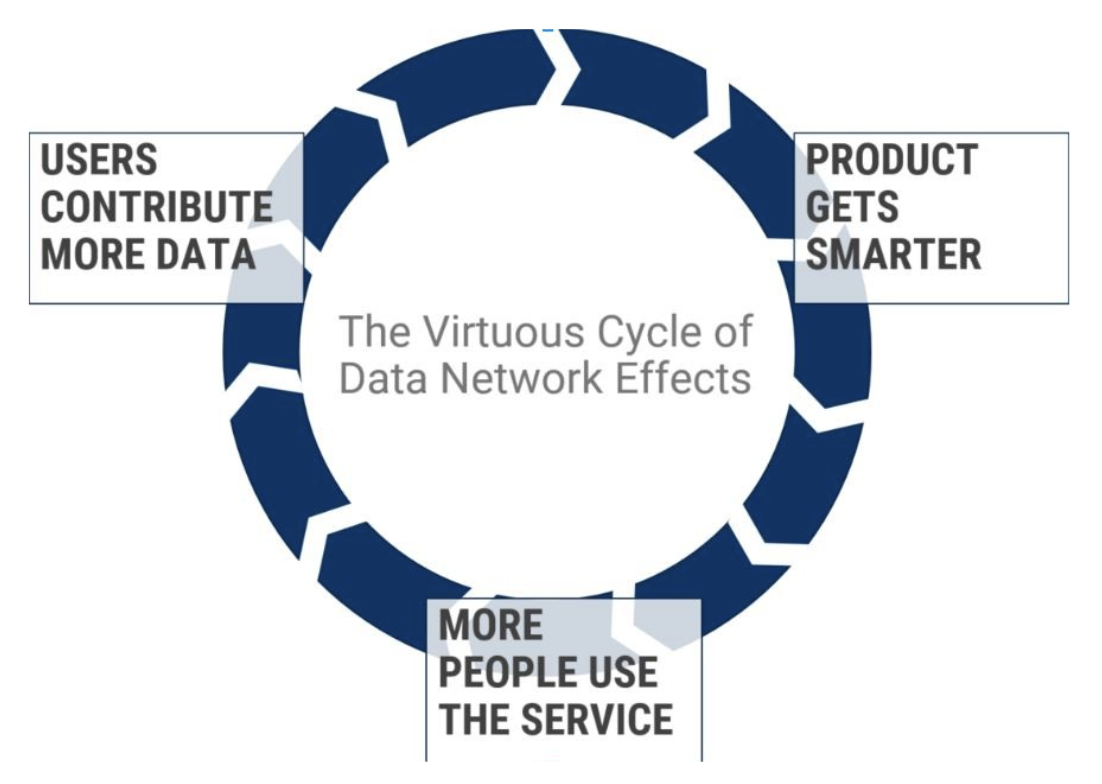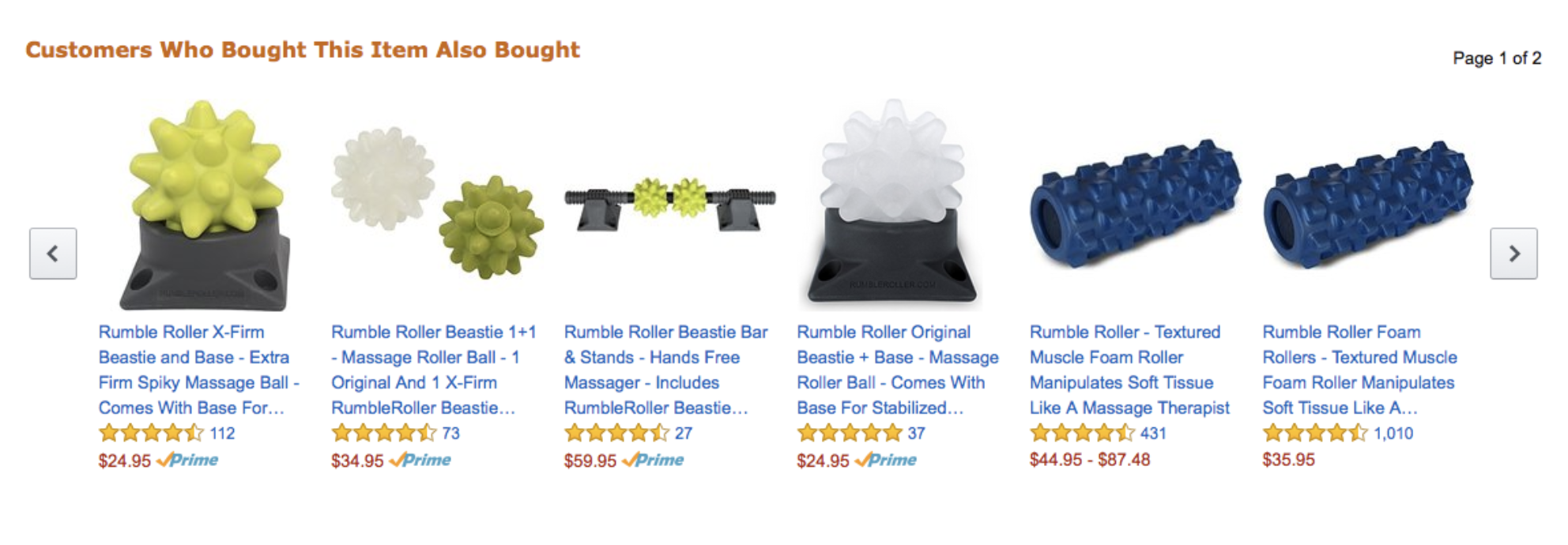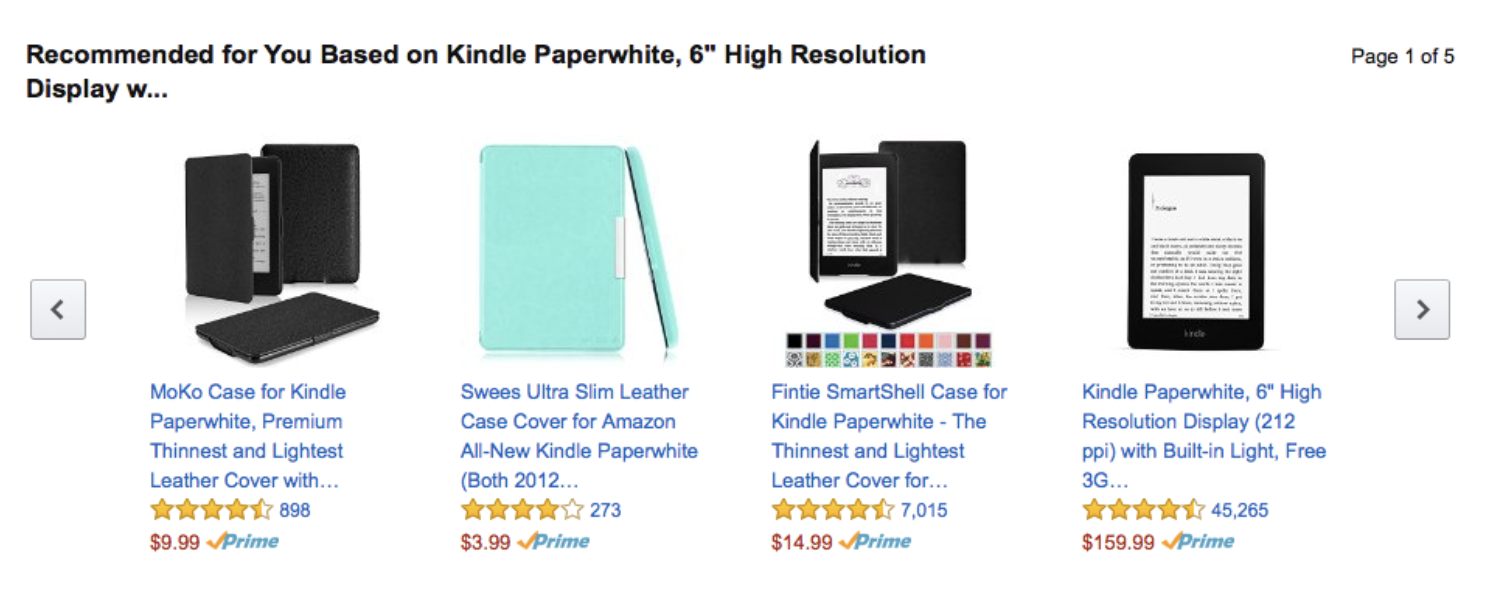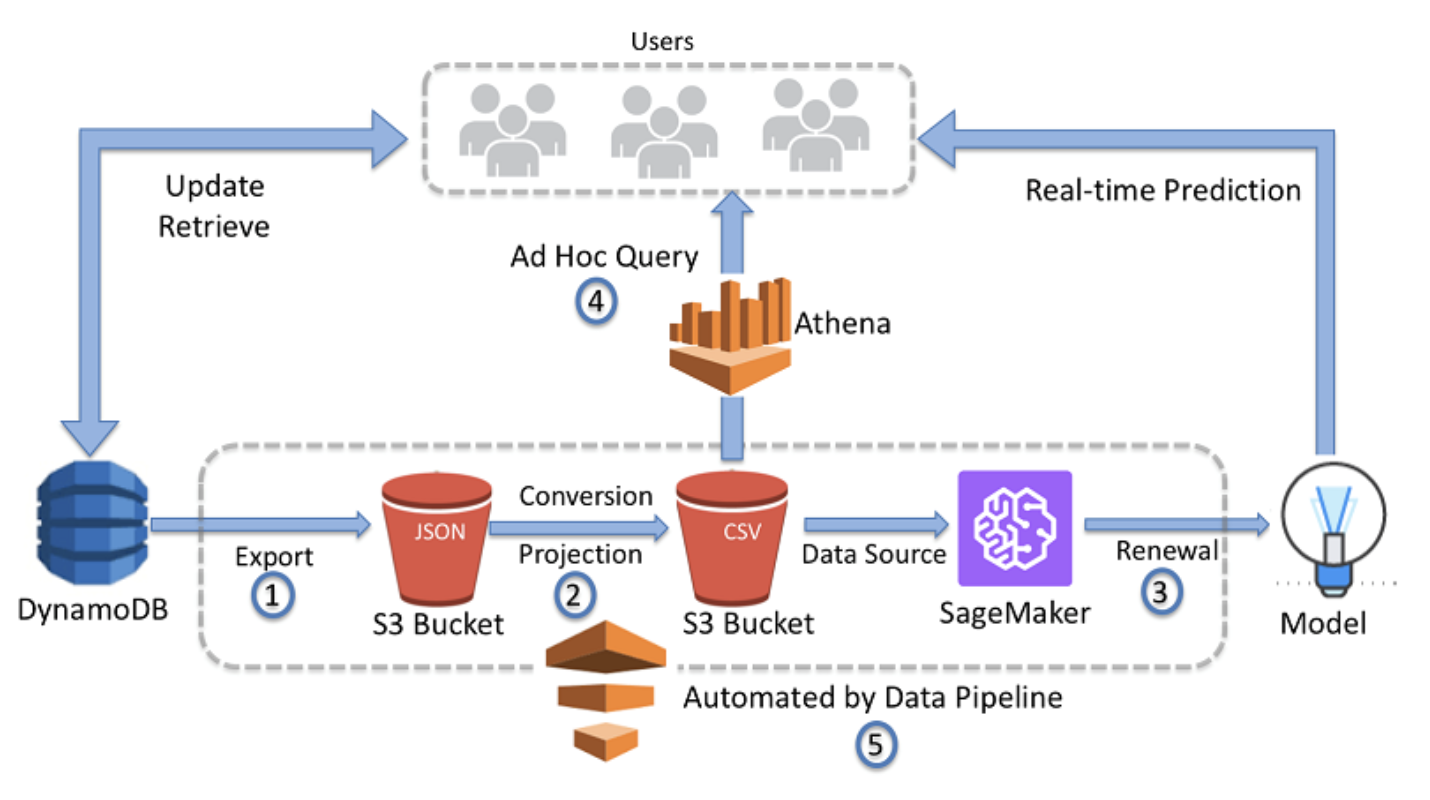Amazon Recommender System Case Study
Presented on 31st October 2021 by Jihyun
Table of contents
Recommender System
What Is Recommender System?

Recommendation System predicts a user’s preference for a product and serves personalized recommendations based on the prediction.
Relationships Among Users and Products
- User-Product Relationship - Does this user have a preference for this product?
- Product-Product Relationship - Is product A similar to product B?
- User-User Relationship - Is user A similar to user B?
Relationships Provide Insight
- User-Product Relationship - What books will an user like?
- Product-Product Relationship - If an user buys a phone, what else will they buy?
- User-User Relationship - If Heath knows Taeim, and Taeim knows Jung, will Heath know Jung?
Insight Is Monetizable
When a service recommends more personalized offers, users are more likely to make a purchase. This is how many businesses use the insignt for monetization. In fact, 35% of Amazon’s transactions come from recommendation algorithm.

- As the service acquires more users, they gain a larger dataset and therefore a better insight.
- The recommendations become more accurate.
- Users are satisfied with the recommendations, and this attracts more users.
Type of Recommendations
Content Based Filtering
Finding products with similar attributes
- User purchases item A.
- Find items that have similar attributes with item A.
- Recommend these items to the user.

Collaborative Filtering
Find products liked by users with similar interests
- Jung purchases item A and B.
- Taeim purchases item A, B and C.
- Machine learning model learns that Jung and Taeim have common interests.
- Jung might also like item C. Recommend item C to Jung.

Association Rules Learning
Find complementary products
- Many people who buy phones also buy phone cases.
- Machine learning model learns the association rule between phones and phone cases.
- Recommend phone cases to users who purchase phones.

How Amazon Uses Recommender System
Step 1: Data Processing
Two Types of Data Processing
- Batch Processing
- Processes large volume of data all at once (periodically)
- Use cases: Payroll, billing, orders from customers
- Google Dataflow, Amazon Kinesis, Azure Stream Analytics
- Stream Processing
- Processes large volume of data all at once (periodically)
- Use cases: Payroll, billing, orders from customers
- Google Dataflow, Amazon Kinesis, Azure Stream Analytics
Gathering Basic Data - Batch Processing
Batch processing is mainly used to gather basic data that don’t change often or don’t need to be updated in real time.
- User delivery address
- Item price, brand, color, size, weight, material, etc.
- Availability based on location
- Special deals
Gathering Behavioral Data - Streaming
Streaming is mainly used to gather behavioral data that need to be updated in real time.
- Browsing history
- Purchase history
Step 2: Data Transformation
Gathered data are transformed into appropriate format (e.g. JSON, CSV, etc.) and provided to the machine learning model.
Step 3: Machine Learning Model Renewal
- Machine learning model is trained from the data provided in step 2.
- Model accuracy is evaluated based on user feedback (e.g. User purchased 2 itmes out of 10 recommendations).
- Item scoring is used to rank the recommendations. Scoring can depend on many factors, examples include:
- Given an item is displayed to a user, how likely is the user to click the item?
- Given a user clicked an item, how likely is the user to purchase the item?
- Given a user purchased an item, how likely is the user to be satisfied with the item?
The Big Picture

- Data Pipeline regularly copies the full contents of a DynamoDB(NoSQL DB) table as JSON into an S3.
- Exported JSON files are converted to CSV format to use as a data source for SageMaker(AI platform).
- SageMaker renews the model artifact.
- The converted CSV is available for ad hoc queries with Amazon Athena(data warehouse).
- Data Pipeline repeats the cycle based on the schedule defined by customer requirements.